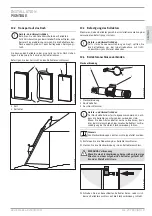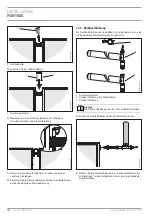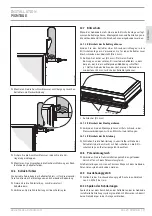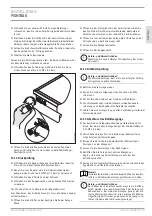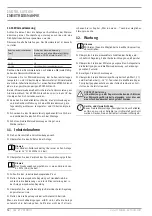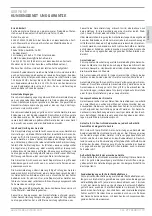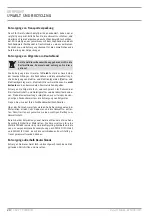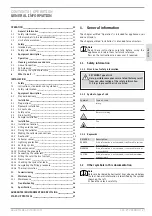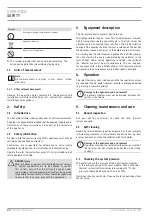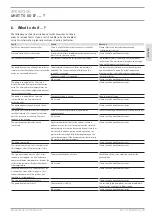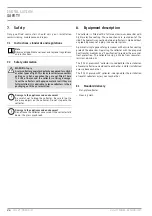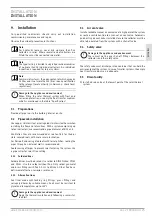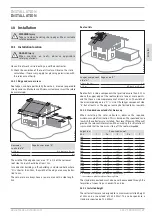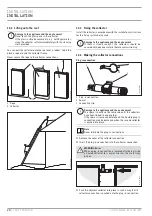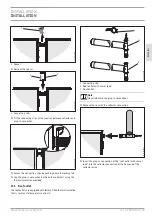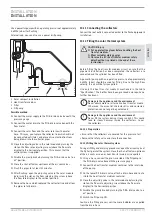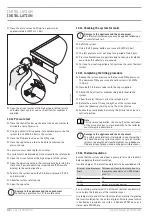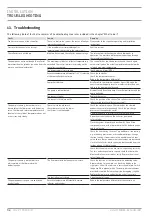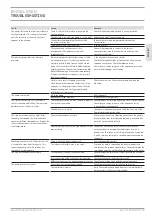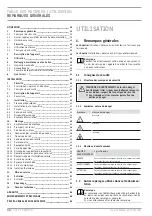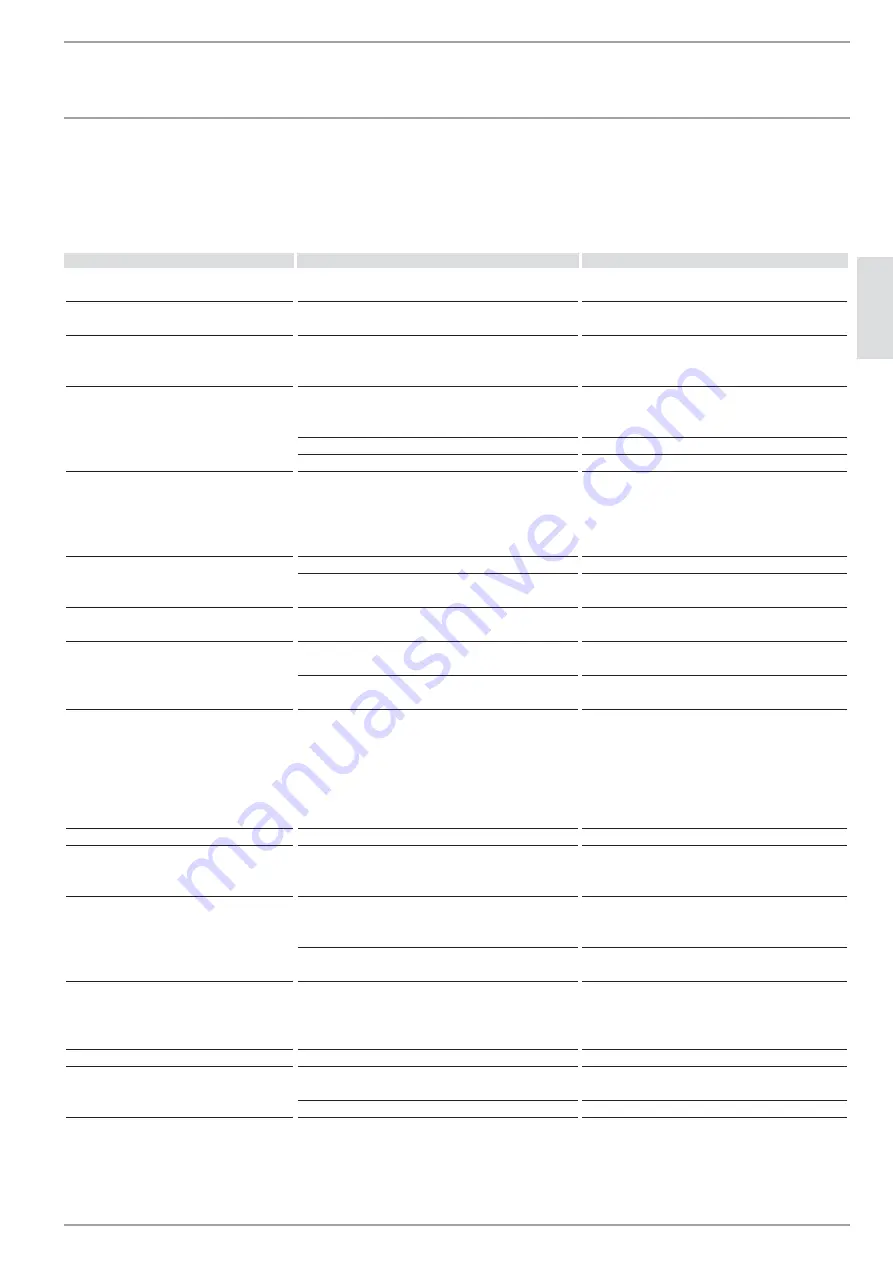
HTV`.HC
q+``HH.%ĪĪĪIJ
qqqĪZ`.<é<`VHCĪHB
ZH<ŝŌTVB.eBŝŗ
EN
GL
ISH
6. What to do if ... ?
The following contains descriptions of what measures to take in
order to remedy faults. If you are still unable to fix the problem
using this information, please consult your heating contractor.
%|şùŒ
|şń¼
V¼ă¼®ź
Fault/error message at the controller.
There is a fault in the system; the sensor is faulty or
incorrectly connected.
Please refer to the controller operating and
installation instructions.
Pressure fluctuations in the system.
If the problem occurs immediately after commissioning,
there is air in the solar circuit.
Please consult a qualified contractor.
The collectors are misted up.
Moisture has entered the collector during storage.
The internal mist will evaporate after a few weeks
in operation. The moisture will progressively escape
through the integral ventilation slots.
The pump does not run although the collector
is warmer than the cylinder (no noise from the
motor, no noticeable vibration).
The maximum cylinder or collector temperature is
exceeded. The control indicator or display on the
controller is activated.
The controller has shut down correctly and restarts
again automatically when the actual temperature
drops below their selected maximum temperature.
The power supply is interrupted.
Check fuses/MCBs.
Other cause.
Please consult a qualified contractor.
The pump is running, but no flow rate is
discernible at the flow meter with balancing
valve. The flow and return temperatures are
identical or the cylinder temperature does not
rise or rises only slowly.
Please consult a qualified contractor.
The pump is running, but no flow rate
is discernible at the flow meter with
balancing valve.
The shut-off valve is closed.
Open the shut-off valve.
Other cause.
Please consult a qualified contractor.
The pump appears to open late and switch
itself off early.
Please consult a qualified contractor.
The pump starts and switches itself off again
shortly afterwards. This repeats a few times
until the system runs correctly. The same
happens in the evening.
There is still too little insolation to heat up the
entire pipework.
Check for faults again when there is strong insolation.
Other cause.
Please consult a qualified contractor.
The pressure gauge indicates a drop
in pressure.
A pressure drop shortly after the system is filled is
quite normal, as air is still escaping from the system. A
pressure drop later on can be caused by an air lock that
has shifted. In addition during normal operation, the
pressure fluctuates by 0.02-0.03 bar depending on the
system temperature. If the pressure drops continuously,
the system is leaking somewhere.
Please consult a qualified contractor.
The pump runs noisily.
Please consult a qualified contractor.
The system runs noisily. This is normal in the
first few days after filling the system. If this
occurs later:
Please consult a qualified contractor.
The cylinder cools down over night. After
the pump has stopped, the flow and return
operate at different temperatures. At night the
collector temperature is higher than the out-
side temperature.
The gravity brake does not close.
Check the position of the adjusting screw on the
gravity brake.
Other cause.
Please consult a qualified contractor.
Reheating does not work. The boiler runs for
a short while, stops and starts again. This
repeats frequently, until the cylinder has
reached its set temperature.
Please consult a qualified contractor.
The cylinder cools down excessively.
Please consult a qualified contractor.
The pump does not switch off.
The control unit is faulty.
The variable speed pump does not stop immediately
but only after it reaches its lowest speed.
Other cause.
Please consult a qualified contractor.

